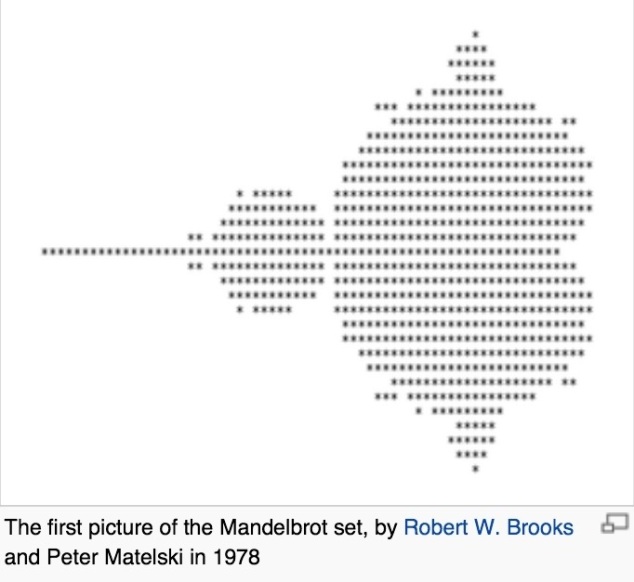
500px.com
June 2005 (This was all Michio Kaku’s fault!)
How are we to understand the quantum model of matter? It appears that all particles are literally made of light. What the model shows is that the constitutive forces, the strong nuclear and weak nuclear Yang Mills fields are quanta of light which are exchanged within the atom, between the point particles – quarks and leptons. These fields hold the atom together. They are quanta of electromagnetism; they originated with the big bang; they are infinite in number; they are averages of constituent vibrations, apparently atemporal, crossing dimensional boundaries that are the result of the asymmetry of 10(/26) dimensional space caused by the breaking of the original supersymmetrical universe, which came apart in the creation of our 4 dimensional, visible universe and the invisible 6 dimensional universe, which collapsed.
The strong nuclear field (gluons) cannot be broken, i.e., protons do not decay. It is the force of a photon, an electromagnetic field vibration, fortified by the exchange of π mesons, also vibrations, localized light “strings”, the foundation of life. They originate in stars, formed by gravity. Protons are forced together in stars by gravity to form all the elements of which all other matter is made. Most elements are stable, except the heavier ones, whose protons may tunnel, emitting strong radiation from mesons. The strong vibrations which constitute these forces (Yang-Mills fields) look like waves in four dimensions as they total up statistically, sum over, and cancel each other out, so that their average locations in 4 dimensions make wave-like formations – forces – which seem to be non-local under special circumstances, when we look closely at their behavior (Heisenberg, Schrodinger, Bohr).
Now here is the interesting part: the string vibrations are heterotic, they cross over dimensional boundaries. This is necessary for them to be self-consistent and to form our kind of universe. This translates into atemporality, i.e., the average, wave-like forces they create travel both forwards (“retarded wave”) and backwards (“advanced wave”) in time. This is part of their ability to localize – by acting non-locally. Actually, they localize themselves through all dimensions and we only see part of their interdimensional locality in 4 dimensions. We do not see their atemporal nature, but we do see some of its effects, i.e., non-locality, inertia, interference patterns, wave-particle duality, the constant speed of light, gravity, electromagnetism, visible light, black holes, stars, matter…everything that exists is formed by the effects of their geometrical, interdimensional properties.
Gravity and light seem to be the most basic components – gravity because the graviton is the smallest string structure and corresponds to Plank sizes, and light because of its mysterious atemporal and aspatial nature. Plank’s measurement of light quanta involves a constant, Plank’s constant, a very small number, multiplied by the frequency of the light waves to give the quantum energy of a particular group of photons. This amount of energy is produced by a string vibration (in erg seconds). Same for a gravitational quantum.
It is the combination of the geometric shape of hyperspace imparting its properties to the way the string is limited in its movement and vibration that results in the quanta of photons and all other particles. This geometrical principle, or shape, is what gives the photon its power to hold atoms together, but what gives light its speed? It is also the geometrical principle – the interdimensional vibration of light quanta gives the illusion of movement in 4 dimensions, because for the photon, space and time are symmetrical. The vibrations that form light quanta are time-symmetric and space-symmetric – they move both ways at once over timespace in 10(/26) dimensions. This is how they can behave non-locally and so, hold time and space together. This is how hyperspace is made of strings, vibrating over a complex topography.
This geometry is what holds atoms together and it is the geometry of all the particles in your body. You are made of light and so, the atoms of your physical structure communicate with the entire universe by the forces holding them together.
It was symmetry-breaking that caused the vibration of the strings. Symmetry-breaking caused the release of energy that was holding the symmetry together, unstably. Light came out of the fissure of the once unified dimensional plurality. The power of light comes from its release from the originally unstable, supersymmetrical state and it lends its power to the evolving structure of the universe, along with the other forces (gravity, strong and weak nuclear), working together with them, entangled with them so to speak, in the unravelling of the original supersymmetric state of all ‘energy’ or ‘form’.
The particles which make up the world we experience have maintained their connections to each other in higher dimensions and we see this in the forces at work in and through them. The forces are evidence of the connectedness of particles in this way and of the original supersymmetric state from which they were released to form matter. The mathematics and experiments show that the universe is completely integrated – all matter (vibrations) appears to be aware (inertia), connected in an atemporal way, an instantaneous way, by forces and by the phenomenon of non-locality. All types of particles, photons, electrons, atoms, buckeyballs…, exhibit these properties.
Superstring theory model posits that all matter is symmetrical in 10(/26) dimensions; that is, all the different types of particles can ‘turn into’ all other types. It is even being argued that photons of any type can turn into matter, particles, of any type, and back again! This makes complete sense in view of the constituent role of photons in atoms at every level, i.e., that photons are matter. Also, the infinite quantity of photons emerging from atoms supports this view; whereas certain other particles, such as electrons and quarks, are maintained in the universe at constant levels – indicating a closed universe; that is, the universe must contain the photons in order for them to produce matter. Without the boundary of a finite universe, there would be no universe. However, the theory also requires an infinite number of connected finite universes. This results in the absorption by these other universes of the excess photons produced in this one.
So, ‘the universe’ is now all that is possible to exist, not merely ‘all that exists’. Without the concomitant universes, there would be an excess of energy emerging into our universe which would alter the balance of forces such that this universe would either expand more quickly than the speed of light or it would contract under too much gravity. So, in a sense, ‘the universe’ is infinite but in a more complex way, which is really kind of cool. This would explain the necessity of black holes as tunnels to alternate regions of the universe in an unimaginably complex topology, through which the excess energy must escape. It is a marvelous new world we are discovering ‘out there’ in our new quantum model.
So, we imagine that the original supersymmetric state was motionless and dark, but that this geometrical entity contained energy, or what we call ‘energy’, in the force that held it together – its form – like a giant, coiled up spring, a hyperspring. When the supersymmetry broke, vibrations of various frequencies began resonating, each frequency corresponding to a potential particle, and first came light (photons), then gravity, then subatomic, then atomic forces. The subatomic and atomic forces were resonances of light and gravity. At a certain point, quarks became ‘confined’ by gravitons and gluons. Leptons condensed from photons and became entangled with protons by bosons at slightly different resonances, dictated by 10(/26)D topology.
Time began and Space emerged from the broken symmetry, molded by gravity through interdimensional timespace symmetric resonances of the particles of which it was composed. Gravitational resonances entangled stars and galaxies, and massive black holes began to form, tunneling to new universes in order to allow this universe to normalize, or balance out its energy levels into a stable state [rather like the edge of a fitted sheet snapping off one corner of a mattress and finding a new, more stable equilibrium].
Where did the supersymmetric object come from? Why is the construction of matter so beautifully complex, astonishingly useful, astoundingly powerful, ‘magically’ integrated, mysteriously enormous and apparently impossible? I mean, all this still doesn’t really explain anything! It does not seem to have any intrinsic meaning.
Here is one fascinating implication, however. Rather than everything being predetermined, as some scientists surmise (e.g., Bell), it is possible, on the quantum model, to suppose that all of the elements in my body (my ‘consciousness machine’) are being constantly ‘oriented’ by these heterotic vibrations, these ‘future waves’, so that they know how to proceed in accordance with the universe. Therefore, my consciousness will be, to some extent (and this remains to be investigated) affected by the future, or by probable futures as a sum-over history of all trajectories. So, when I make a choice, consciously, I will, in turn, affect these trajectories and possibly alter or create outcomes at certain strategic points – as experience often shows in, say, realizations that I made the wrong choice or the right choice in relation to certain outcomes (as ‘hindsight’). It seems that I can imagine alternatives and this would not be possible if there were not really alternatives.
Perhaps relative futures that are predetermined by the heterotic nature of matter can be manipulated by the conscious will of an individual as part of the sum-over histories of these fields to either a greater or lesser extent – i.e., certain futures are more or less likely, depending on how close one is to the quantum level of determination, or on the extent that one consciously interferes with these determinations in time (or within certain macro-time and quantum atemporal limitations). That is, by a conscious act of will, I can affect the entire universe in the future; or, since it may be surmised that consciousness is, to an extent, atemporal, I may be ‘aware’ of the future in some sense…









